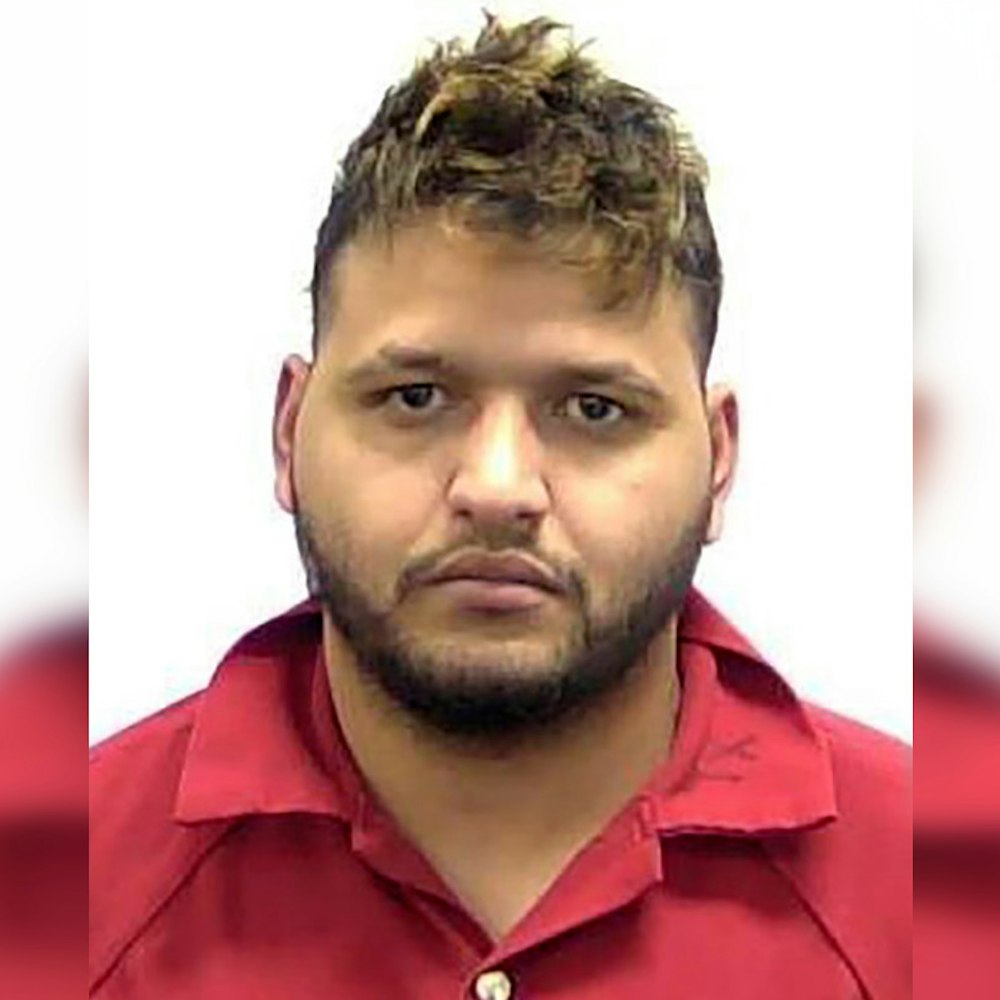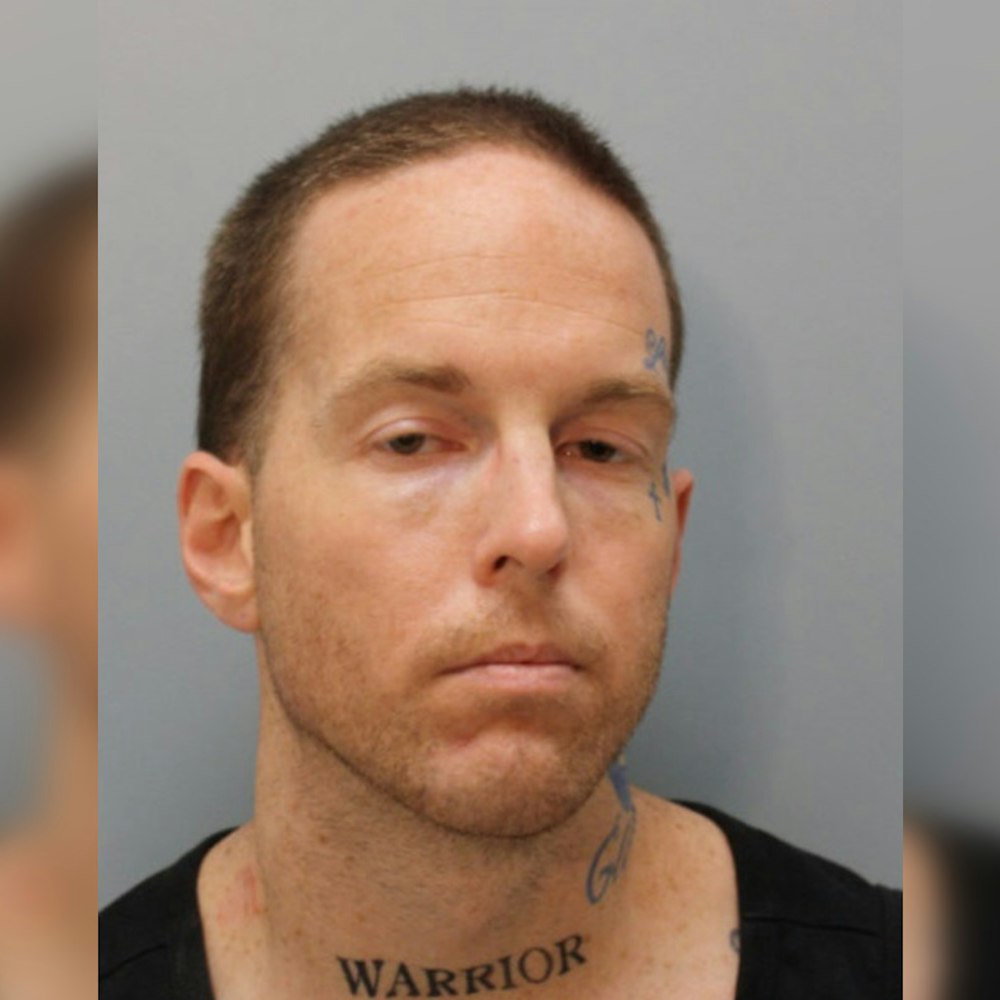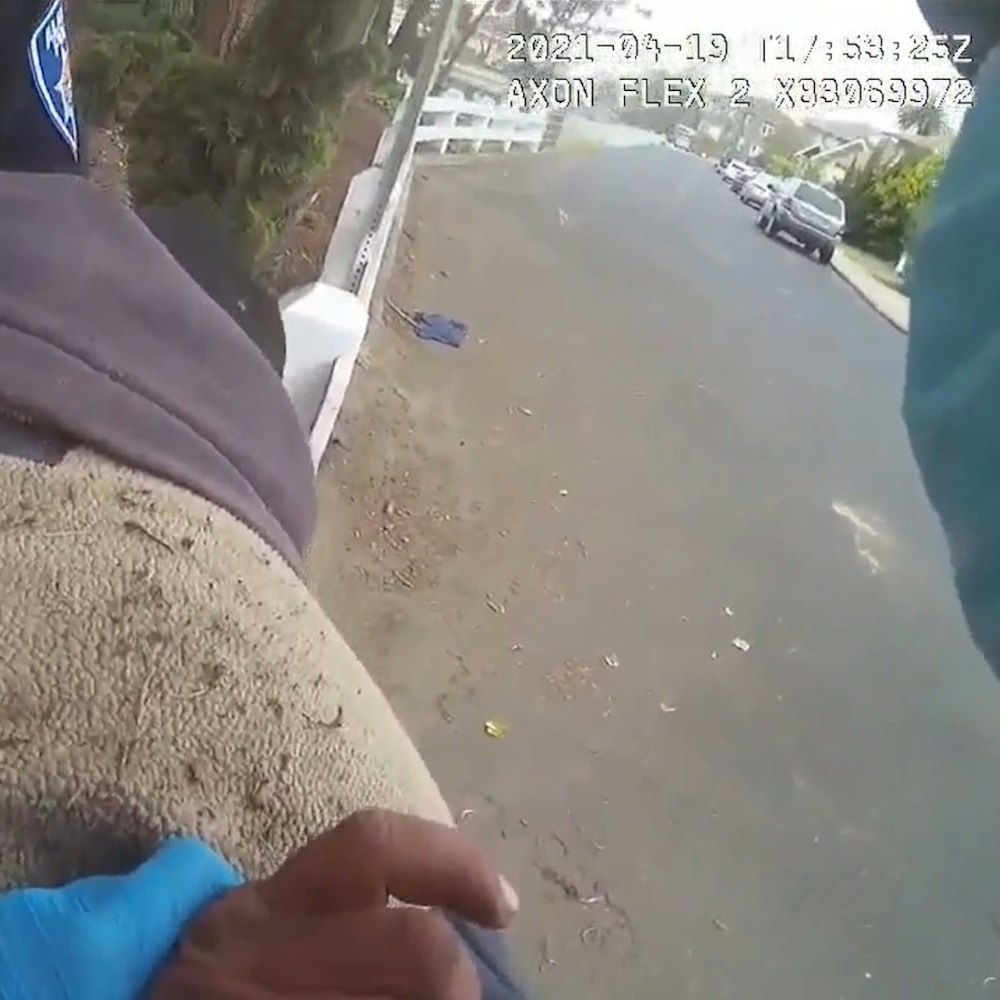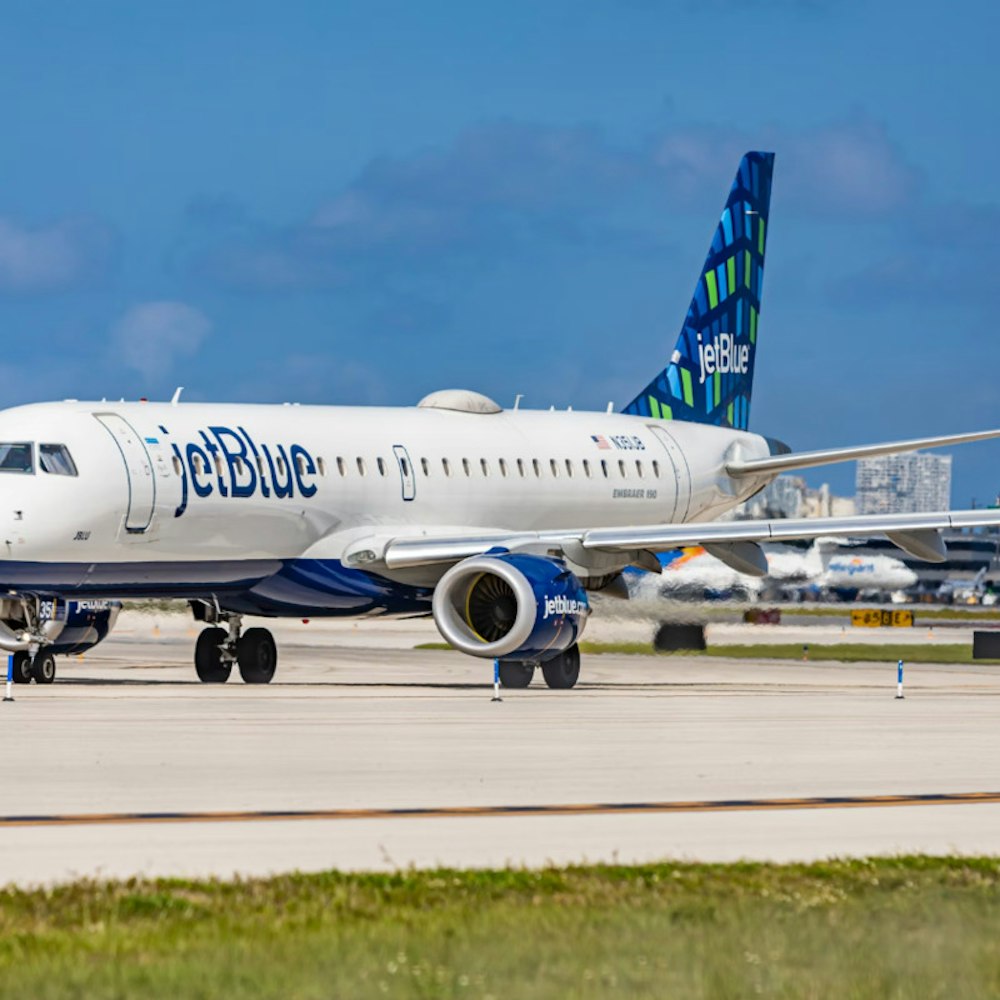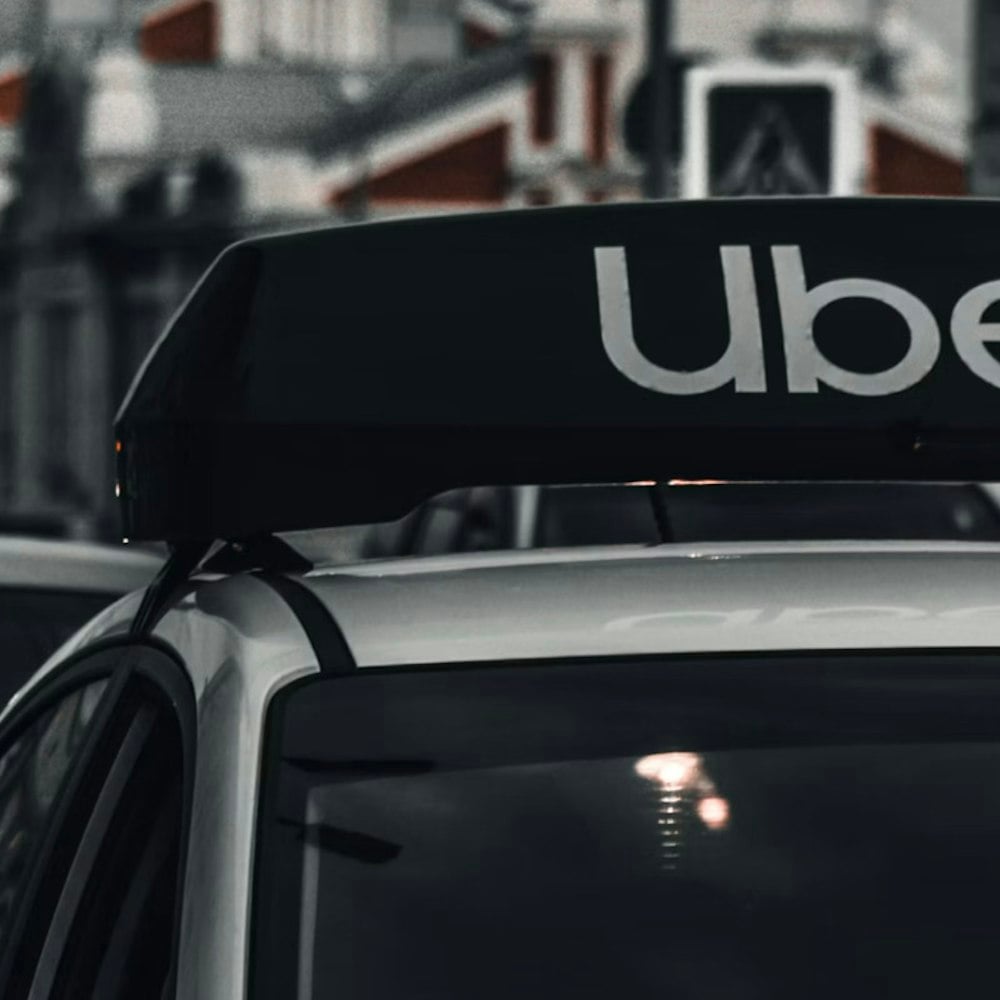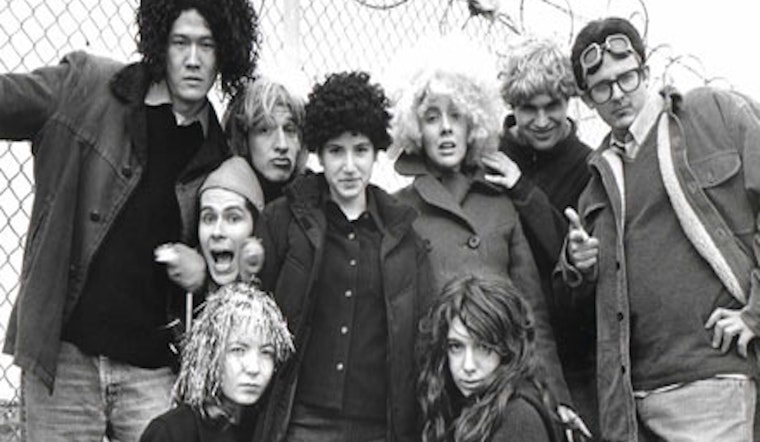
This year, sketch comedy troupe Killing My Lobster marks its 20th anniversary. Their upcoming sketch comedy show, "1997," will highlight the year the troupe was founded, taking audiences back to when "the movie Titanic sank into our hearts, Bill Clinton saw four more years, [and] Steve Jobs came back to Apple."
KML was the brainchild of roughly 10 new graduates from Brown University who landed in San Francisco and weren't sure about what to do next, KML Artistic Director Allison Page told us.
The name stems from a drunken round of the party game Celebrity. “They were trying to do ‘Killing Me Softly,’ for Lauren Hill,” said Page, who first joined in 2010 as an actor. The founders had no idea that 20 years later, KML would still be around, she added.

For much of its life, KML has put on relatively large-scale performances, with big costumes, big budgets and long timeframes. It has performed almost exclusively in San Francisco — its office/rehearsal space is in the Mission — and prior to 2015, largely bounced around from show to show performing at various spaces across the city.
In 2014, the troupe underwent a major overhaul. The current executive director, Millie Brooks, asked Page to take the reigns of the now 100-strong troupe. Page refused to do it alone, so the women collaborated to keep the group organized and successful.
“Either things had to change or we wouldn’t be around any more,” Page said.
When Page and Brooks took over, they scaled back on everything. Instead of taking a month to write, a month to rehearse and a month to perform, each show is typically written in two weeks, with two weeks rehearsal followed by two weeks of performances.
Their previous model had limited the troupe to three or four different shows each year, but in 2015, they did a different show each month at their new venue, PianoFight at 144 Taylor St., where they now perform nearly exclusively.
The venue had basically everything the troupe was looking for: access to booze, a comfortable performance space, and an opportunity to schmooze with the audience after the show. An added bonus: Page already knew the owner.
Each show is one hour long, which fits well with PianoFight’s busy nightly schedule and leaves the audience with some energy to hang out afterwards. The cast often intermingles with the audience members at the bar, which leads to some interesting interactions.
“We did one show about the apocalypse in the Old [San Francisco] Chronicle Building and it was … apocalyptic,” said Page.
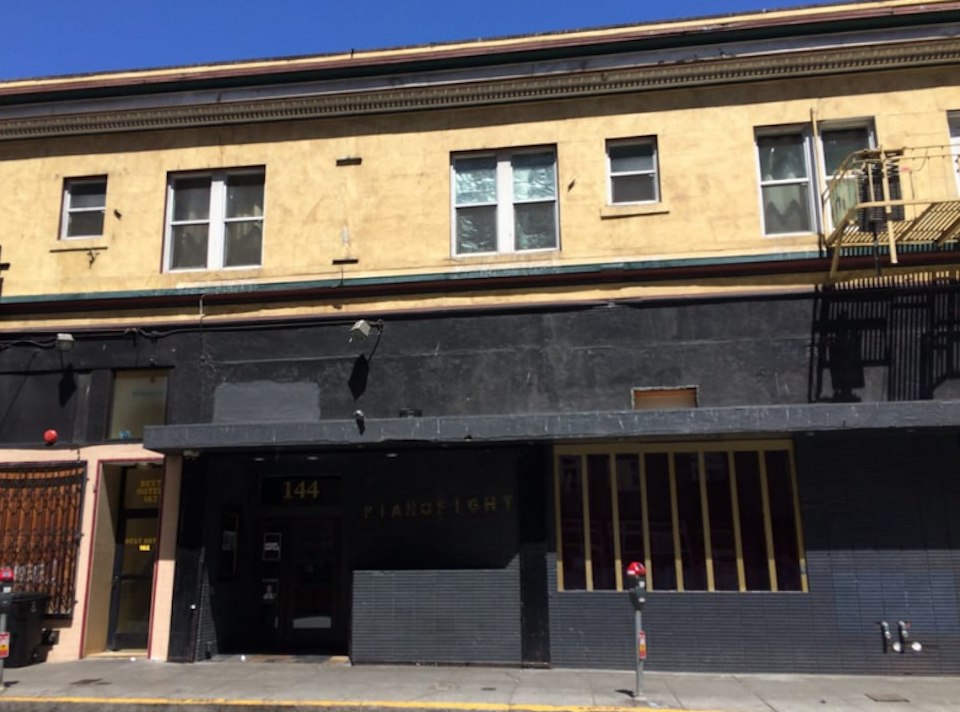
KML is already planning its 21st season for 2018, which will be all about taking creative risks, Page said. But before it moves on to next year, KML will take time to celebrate its two decades of history — and it's inviting San Francisco to join in.
KML is just winding down from its annual collaboration with 826 Valencia, where kids partner with professional writers to develop a family-friendly show that usually gets performed in April.
According to Page, one of the performers in this year’s collaboration, KML + 826 = BFFs, was a KML fan when she was a kid, and has now joined on stage.
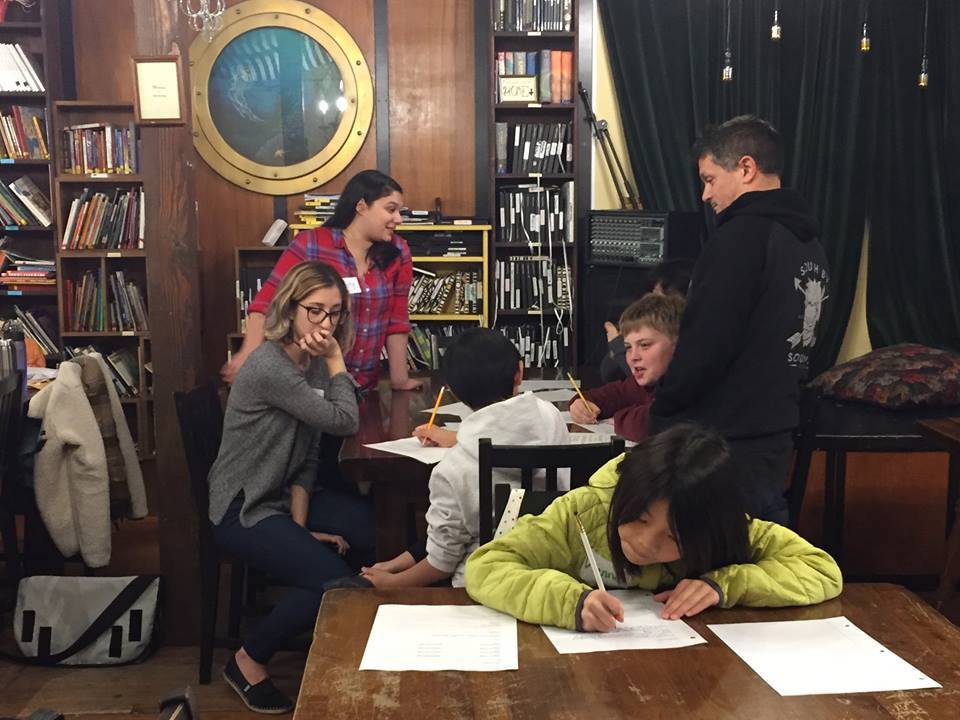
It is these different eras of KML that Page hopes to see at its 20th anniversary gala on May 20 at CounterPulse Theater, around the corner from PianoFight.
Most of the people who have performed at different times during the group’s existence don’t know each other. The original founders have moved on to “real adult lives, some don’t even live here anymore.”
The party will be a celebration of where KML has been — past participants will be on hand to relive their experiences — and where it can still go.
Marking KML's longevity is part of Page and Brook’s long-term vision for the group. “We want to create sustainable organization, where artists can get enough work to stay [in San Francisco],” Page said.
The team also hopes to make working at KML sustainable for its performers.
“We have a vision where everyone always gets paid,” Page said, pointing out that she and Brooks are the first KML participants to earn a salary.
She believes that payment automatically creates some accountability for the performers, but also shows that they are appreciated and that their work is valued.
“I want people who leave to feel like KML is the best place they’ve ever worked,” she said.
Performances of "1997" take place at 7pm, May 18th-20th and May 25th-27th. After the show on the 20th, KML is also hosting their 20th anniversary party.
